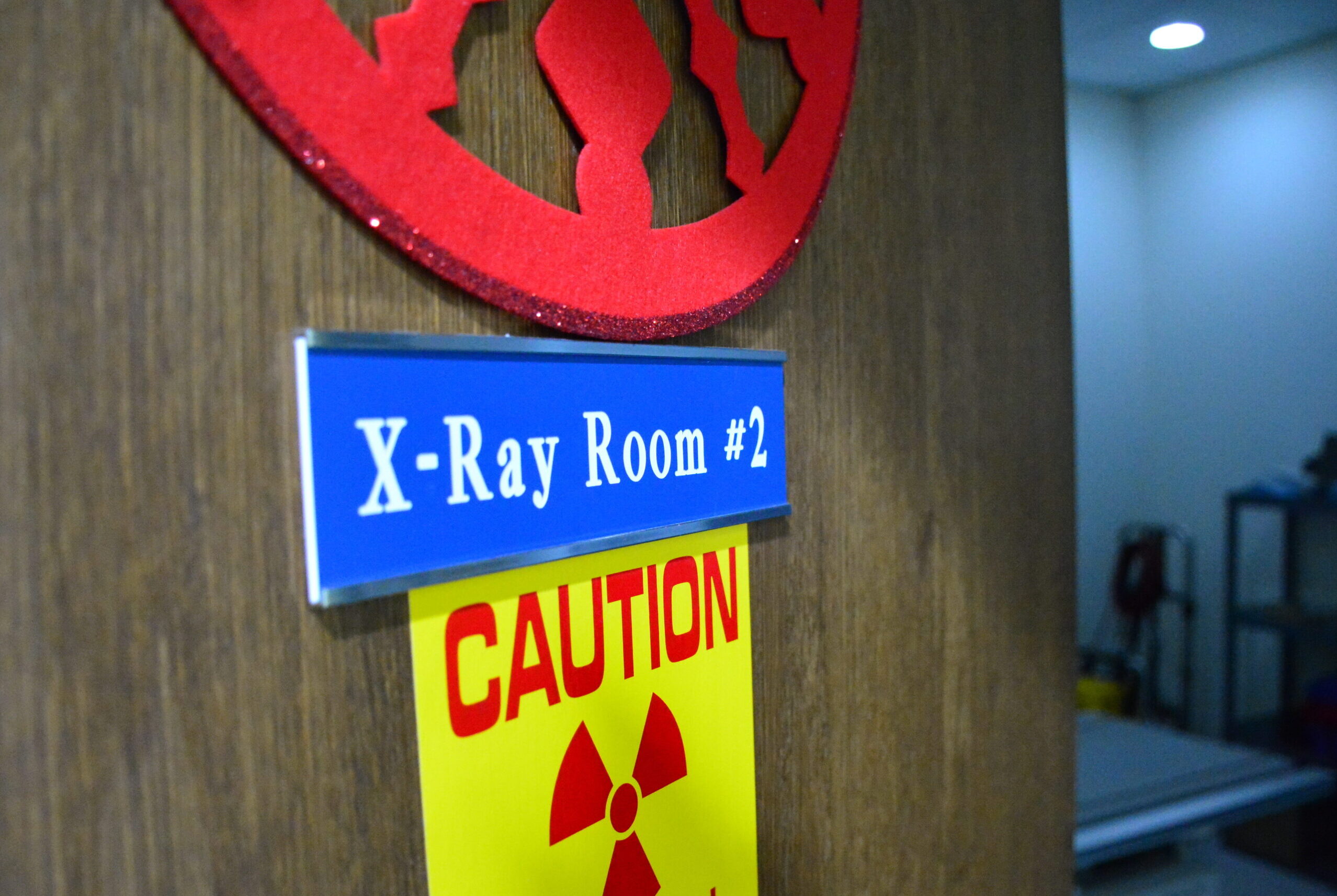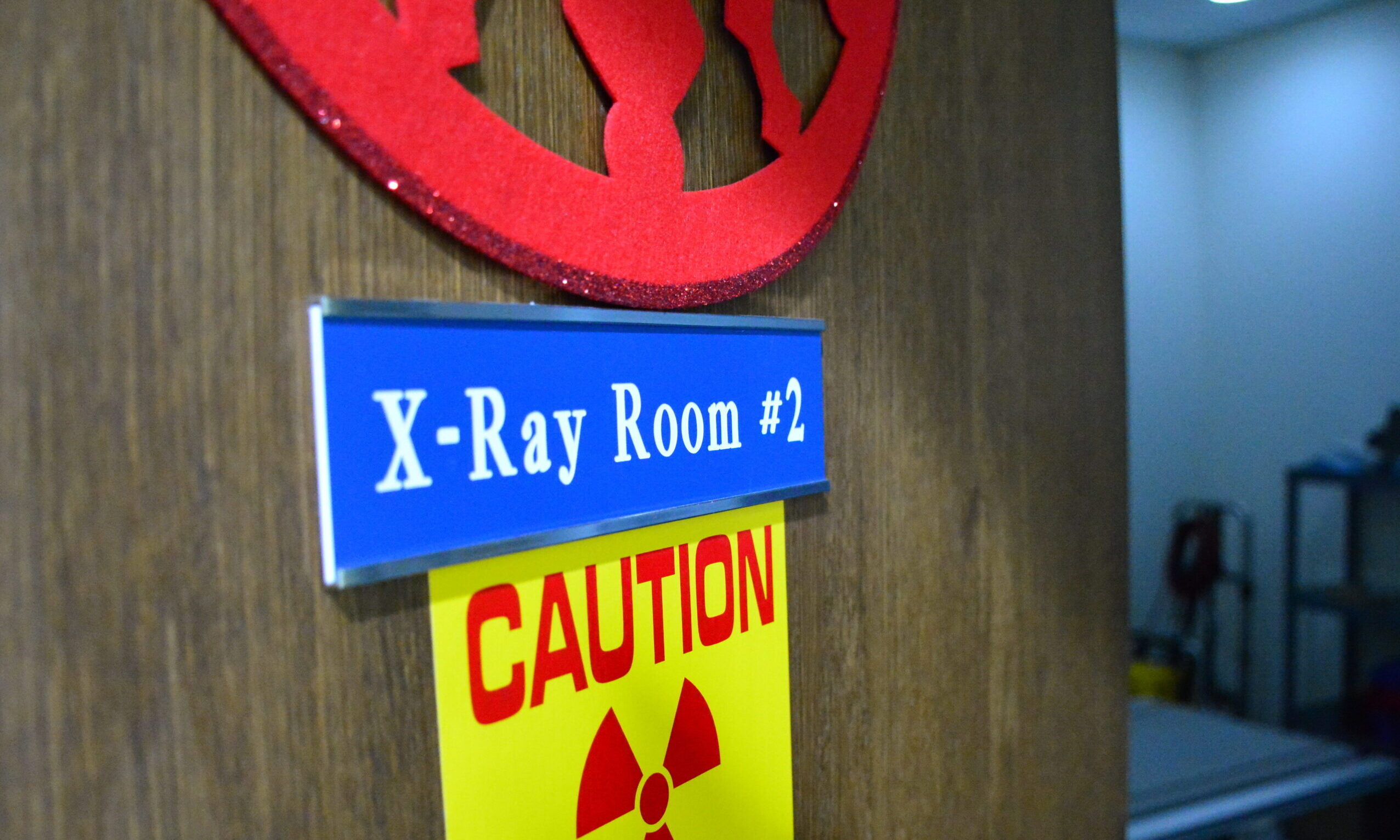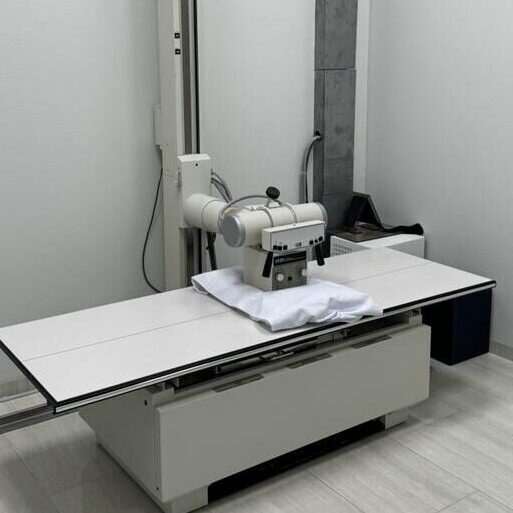WHAT ARE MEDICAL
X-RAYS?
X-rays are a form of electromagnetic radiation, similar to visible light. Unlike light, however, x-rays have higher energy and can pass through most objects, including the body.
Medical x-rays are used to generate images of tissues and structures inside the body. If x-rays traveling through the body also pass through an x-ray detector on the other side of the patient, an image will be formed that represents the “shadows” formed by the objects inside the body.
One type of x-ray detector is photographic film, but there are many other types of detectors that are used to produce digital images. The x-ray images that result from this process are called radiographs.
 Find a Location Near You
Find a Location Near You
WHAT ARE DIGITAL
X-RAYS?
A digital X-ray, or digital radiography, is a modern type of X-ray that utilises digital sensors instead of photographic film, as with a traditional X-ray. The image captured is converted to digital data immediately and is available for review within seconds.
This enables the modern X-ray to capture clearer and more accurate images as compared to its predecessor.
HOW IT WORKS
To create a radiograph, a patient is positioned so that the part of the body being imaged is located between an x-ray source and an x-ray detector. When the machine is turned on, x-rays travel through the body and are absorbed in different amounts by different tissues, depending on the radiological density of the tissues they pass through.
Radiological density is determined by both the density and the atomic number (the number of protons in an atom’s nucleus) of the materials being imaged. For example, structures such as bone contain calcium, which has a higher atomic number than most tissues. Because of this property, bones readily absorb x-rays and, thus, produce high contrast on the x-ray detector.
As a result, bony structures appear whiter than other tissues against the black background of a radiograph. Conversely, x-rays travel more easily through less radiologically dense tissues such as fat and muscle, as well as through air-filled cavities such as the lungs. These structures are displayed in shades of gray on a radiograph.
Get an Digital X-Ray Scan at Optimum Imaging TODAY!
X-ray Frequently Asked Questions
What happens during an X-ray?
X-rays are fast, easy, and painless. Once the X-Ray machine is carefully aimed at the part of the body being examined, the x-ray machine produces a small burst of radiation that passes through the body, recording an image digitally.
How should I prepare for an X-ray?
We recommend that you wear comfortable, athletic-style clothing. If your clothing has metal or other objects in or on it (zippers, buttons, etc.), you could be asked to change into a gown to eliminate the interference metal objects have with the imaging technique.
Are X-rays safe?
Getting an X-ray involves exposing a part of the body to a small dose of ionizing radiation to produce pictures of the inside of the body. X-rays, or radiation like light or radio waves, pass through most objects, including the body. X-rays are safe when properly used by radiologists and technologists specially trained to minimize exposure. No radiation remains after the radiograph is obtained.
Choose accurate imaging and convenient service with Optimum Imaging
At Optimum Imaging Center, we understand the importance of accurate and timely diagnostic imaging in your healthcare journey. When you choose us, you’re choosing excellence in patient care, cutting-edge technology, and a commitment to your well-being.
Trust us with your imaging needs, and experience the difference firsthand. Your health is our priority, and we’re here to serve you.




